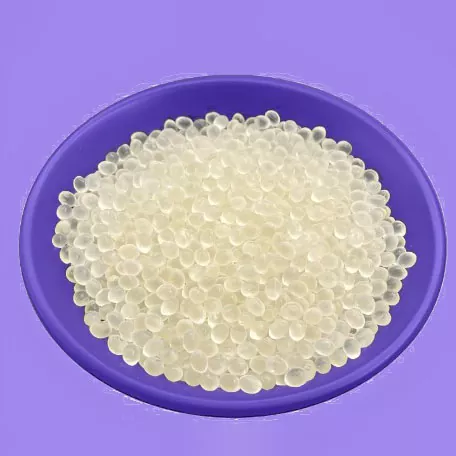With growing concerns about environmental sustainability, industries worldwide are turning to renewable and eco-friendly materials to reduce their ecological footprint. One such material is biobased polylactic acid (PLA), a versatile and biodegradable polymer derived from renewable resources.

Polylactic acid (PLA) is a thermoplastic polyester derived from natural sources such as corn starch, sugarcane, and cassava. As a biobased polymer, PLA is produced through fermentation processes that convert plant sugars into lactic acid, which is then polymerized to create PLA.
Key characteristics of PLA include:
- Biodegradability: Breaks down into natural elements under industrial composting conditions.
- Renewable Origin: Made from plant-based materials, reducing reliance on fossil fuels.
- Versatility: Suitable for molding, extrusion, and 3D printing.
1. Packaging Industry
- Eco-Friendly Containers: PLA is widely used to create biodegradable cups, plates, and food containers.
- Films and Wrappings: Used for cling films, candy wrappers, and other packaging applications where transparency and strength are crucial.
- Bottles: A sustainable alternative to PET bottles for beverages and oils.
2. 3D Printing
- PLA is one of the most popular materials in 3D printing due to its ease of use, low printing temperature, and minimal warping. It is ideal for creating prototypes, decorative items, and functional models.
3. Medical Applications
- Surgical Implants: PLA is used for bioresorbable sutures, pins, and screws that gradually dissolve in the body.
- Drug Delivery Systems: Enables controlled release of medications through biodegradable capsules or films.
4. Agriculture
- Mulch Films: Biodegradable PLA films help retain soil moisture and reduce weed growth without harming the environment.
- Plant Pots: Used for pots that degrade over time, eliminating the need for transplanting and reducing waste.
5. Textiles and Fibers
- Clothing: PLA is spun into fibers for creating breathable, moisture-wicking fabrics.
- Non-Woven Materials: Used in items like diapers, wet wipes, and medical gowns.
6. Consumer Goods
- Electronics: PLA is utilized in casings for gadgets, offering a sustainable alternative to traditional plastics.
- Household Items: Products such as cutlery, storage bins, and decorative items are increasingly made with PLA.
7. Automotive Industry
- PLA-based composites are used for interior components such as panels and trim, reducing the weight and environmental impact of vehicles.
Biobased polylactic acid (PLA) is transforming industries with its sustainable, versatile, and biodegradable properties. From packaging and medical devices to agriculture and 3D printing, PLA’s applications are vast and expanding. While challenges remain in cost and end-of-life processing, ongoing innovation and growing awareness of environmental issues position PLA as a key material for a greener future.
Suzhou Accom New Material Technology Co., Ltd. is a high-tech enterprise focusing on general plastic pellets, engineering plastic pellets, polyamide plastic pellets research and development, production and sales services, committed to providing customers with one-stop functional polymer materials solutions!Founded in 2014, the company has been deeply engaged in the industry for ten years. Check out our website at https://www.accom-material.com/ for more information about our products. If you have any questions, feel free to contact us at zbb_accom@126.com.
Copyright © 2024 Suzhou Accom New Material Technology Co., Ltd. All Rights Reserved.